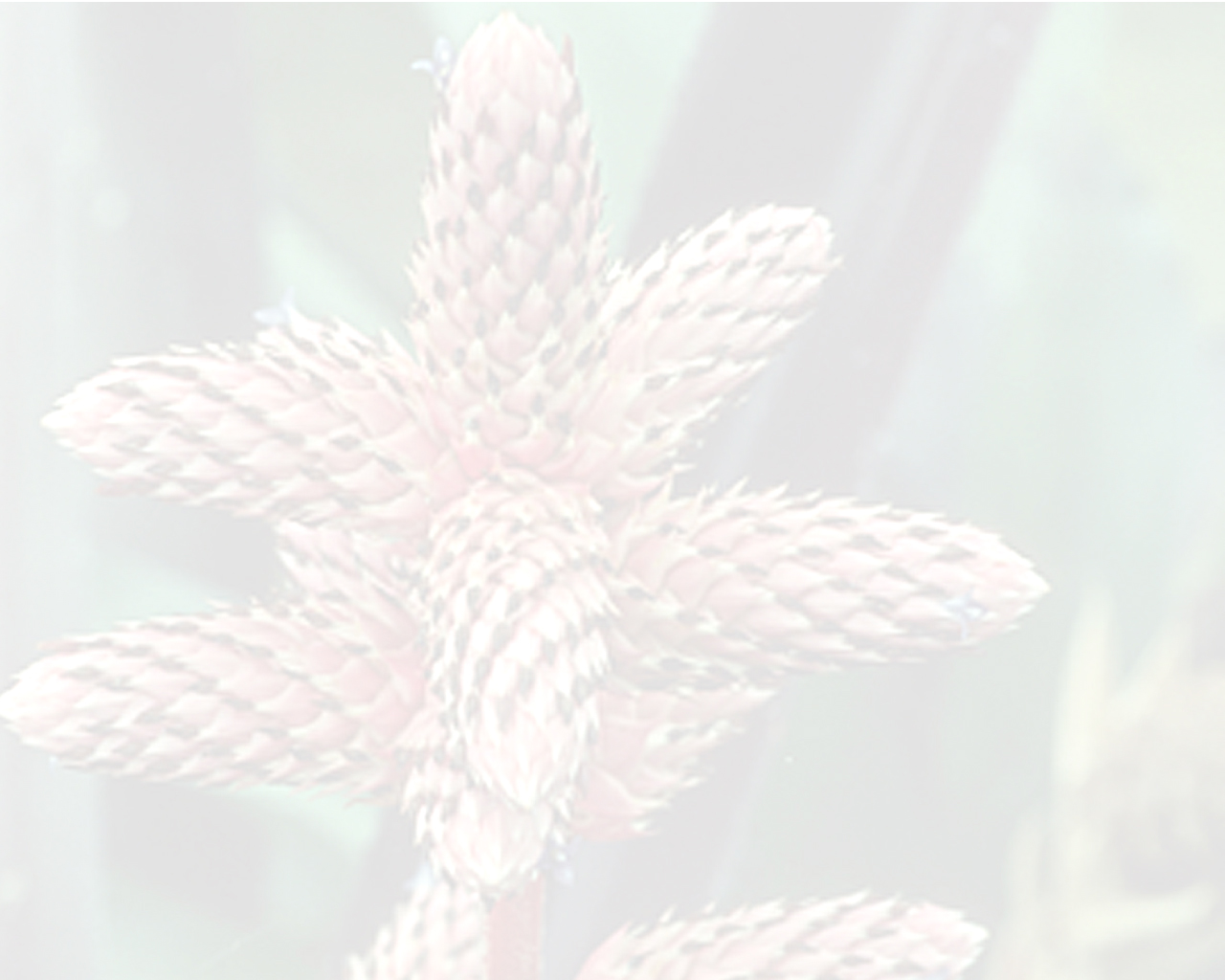


plant flowering over 1 m long. leaves about 9 dm long; sheath scarcely wider than the blades; blade ligulate, 5–8 cm wide, rounded with a pungent mucro, entire except for a few minute teeth near base, stiffly coriaceous, pale-appressed-lepidote, concolorous. inflorescence: peduncle decursed, stout, much shorter than the leaves, white-furfuraceous at first, especially at the bases of the bracts; peduncle bracts erect, slightly exceeding the internodes, lanceolate, furfuraceous; fertile part hanging down outside the leaf rosette, many-flowered, laxly once-branched or the lowest branches occasionally bearing a small second spike at the base of the first, dense only at the apex, 4 dm long, 22 cm in diameter; primary bracts narrowly lanceolate, acuminate, the lower about equaling the spikes; uppermost spikes sessile, the lower on stout angled spreading stalks as long as they, slenderly cylindric, acute, 20-flowered, 4–6 cm long and 23 mm in diameter, subglabrous; floral bracts erect, ovate, broadly acute with a very short mucro, 15 mm long, about equaling the sepals, coriaceous, strongly- nerved, yellow, strongly convex. flowers subsessile, much compressed and bi-alate, 20 mm long, white; sepals asymmetric, lance-oblong, 8 mm long with a minute micro; petals acute, 14 mm long, 3 mm wide, lance-oblong, each bearing 2 infundibuliform scales with flaring mouths produced upward along the petal, the scales situated just below the middle of the petal; ovules obtuse.Edited from (27-03-2017): Smith & Downs 1979. Bromelioideae (Bromeliaceae) in Flora Neotropica.